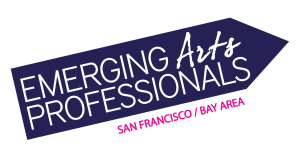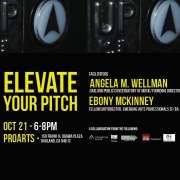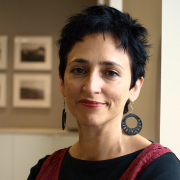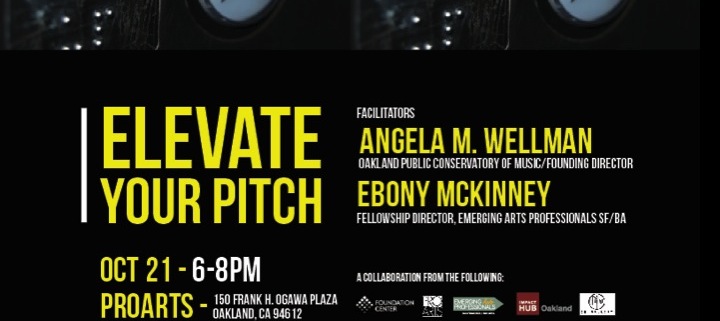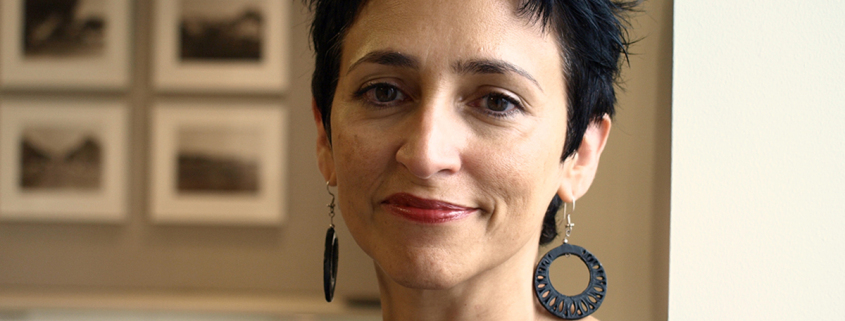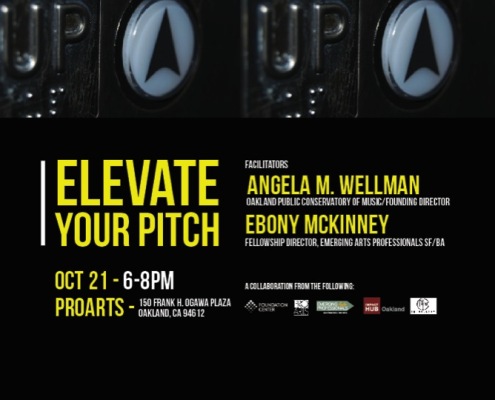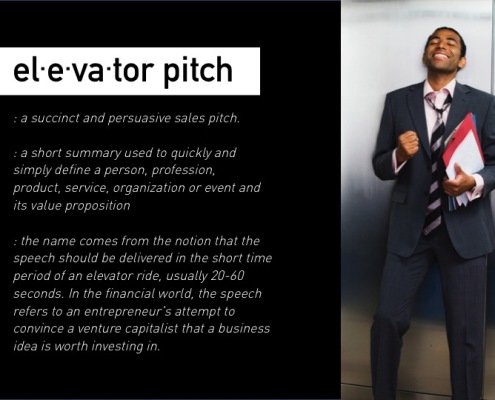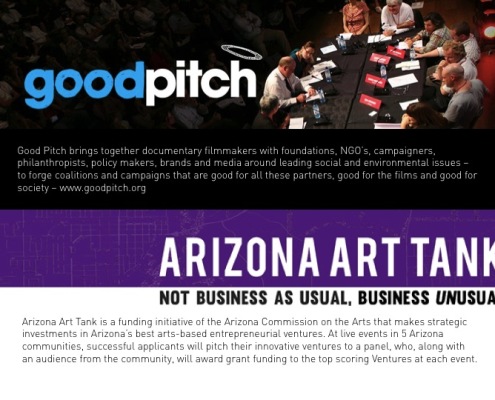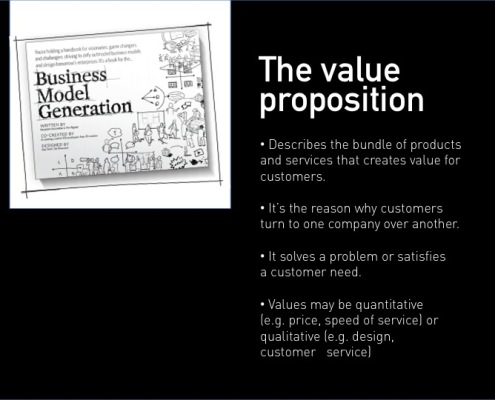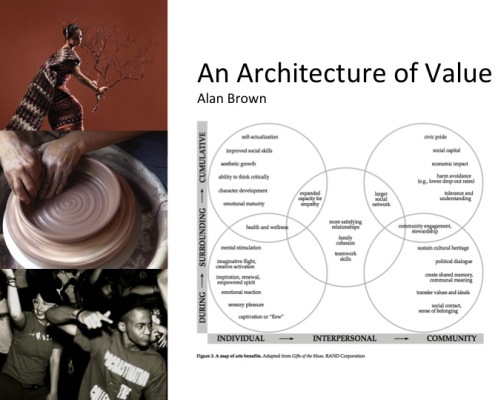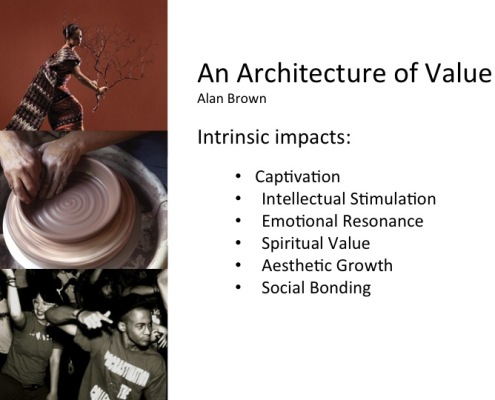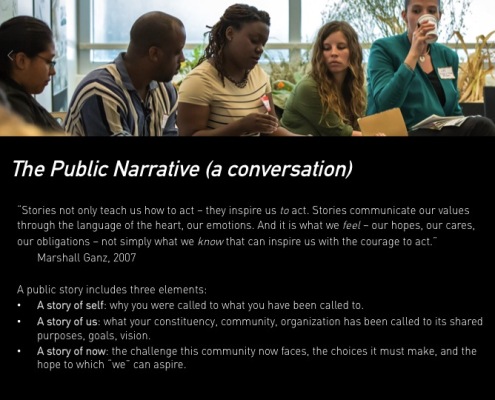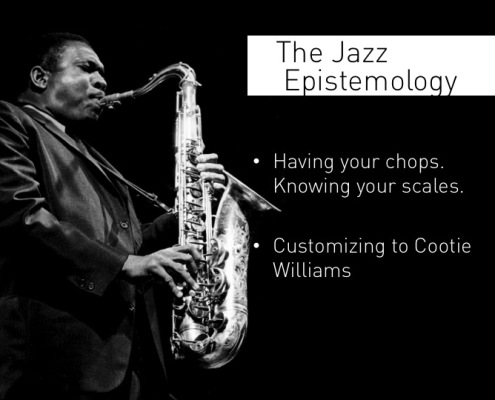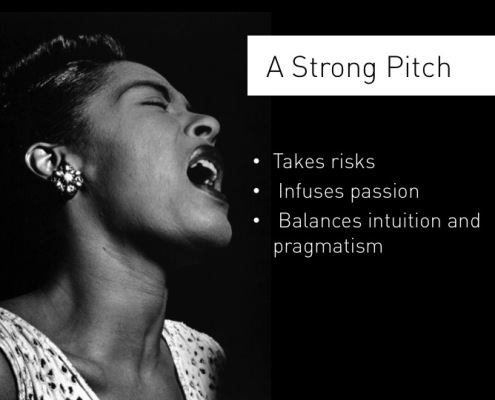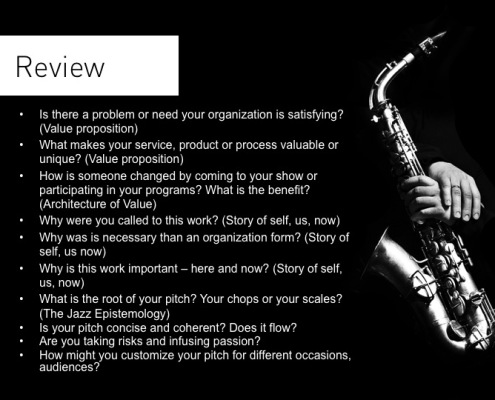Josephine Ramirez was appointed Program Director at the James Irvine Foundation in January 2010, with overall responsibility for the Foundation’s Arts program. Before joining Irvine, Josephine was Vice President of Programming and Planning for the Music Center in Los Angeles, where she founded the programming department in 2003. Previously, she was a Program Officer at the Getty Foundation, managing funding in the areas of arts leadership development, Los Angeles cultural organizations, arts education research and arts policy. Also at the Getty, she was Research Associate at the Research Institute, creating and implementing a multi-year investigation of the connections between art making and civic participation. Earlier, Josephine worked as a Program Producer and Education Director at the Mark Taper Forum and was also an independent consultant to cultural organizations around the country. She was the Community Arts Coordinator for the King County Arts Commission in Seattle before moving to California in 1989. For the city of Los Angeles, she has served in several appointed posts, including Vice President of the Cultural Affairs Commission and Chair of the city’s Cultural Master Plan Advisory Committee. She is a former Loeb Fellow at Harvard University’s Graduate School of Design, an award that supported her research on informal, nonprofessional art making and its relationship to individual and community vitality. A graduate of the University of Texas at Austin, Josephine earned her Master of Fine Arts from the University of Washington.
Josephine was interviewed by Leah Reisman, who is currently pursuing a PhD in sociology at Princeton and was a 2013-14 EAP Fellow.
LR: What pieces of advice would you give to someone who wants to follow a career path similar to yours?
JR: Well, first, about working in philanthropy, I think that unless you’re in the financial situation to head your own family foundation or give away your own money, a career in that part of the nonprofit field may not be the best place to set your sights on in any exclusive way, at least at first. While it would be fine to work towards that as an eventual goal, jobs in philanthropy are not exactly plentiful so narrowing your scope to just that when you’re starting out might not be a workable strategy. I mean, if you fall into it, great, but it might lead to some pretty frustrating years if that is your only goal.
Perhaps a better way to approach your career is to answer questions like, what do you want to do or change in the world? What do you believe? What are the things that are worth working hard for? Where do you feel like you could make a difference? And it very well could be that your answers will lead you to work that would, sooner or later on, make you competitive for a job in philanthropy.
LR: Right. So focusing on philanthropy is a kind of overly narrow approach, especially given the state of employment and just the variety of opportunities out there.
JR: Yes, and in general that’s kind of an overall healthy life exercise: to practice being open to the wonderful curveballs that life can throw you.
LR: So that’s actually a perfect segue into this other question—why do you think that you are where you are now? What curveballs did life throw you?
JR: I am where I am partly because I have an opinion that I worked to shape through what I experienced in my earlier career.
In an overall sense, cultivating your voice is key. I tried, and continue to try, to be curious, with a critical eye, about what I thought, about what struck me as compelling and what didn’t about my work and about the work of others I observed.
In my own way, I think I was continually trying to pay attention to what seemed out of sync or sort of wrong-headed and to what resonated with me to from a sense of my own mission in my work. It can take a while to develop that because, sometimes, you’re just feeling lucky to be there and to have a job in a field you want to be in.
LR: Yeah, I think that’s great. So kind of developing a filter through which you’re navigating your way through experiences based on a gathered understanding of what is important to you, what resonates, and what doesn’t.
JR: Yes. It’s a combination of cultivating your voice and establishing your reputation. Also, I would say, one of the biggest assets that you can hone as you progress in your career is a really strong emotional and social intelligence. You can have all the right experience plus the pedigrees, but if you don’t know how to talk and relate to people, you’re not going to be competitive for the top jobs.
LR: That makes a lot of sense. So what has best prepared you for the challenges of your job?
JR: For this job [at the Irvine Foundation], I would say learning what I’ve learned so far about organizational cultures and the social intelligence piece. How does this place work? How do I learn to talk like them? That is a really important skill to have and to deepen.
LR: I think in this hyper-competitive universe it is really important to pay attention to those pieces, and they often, I think, get left by the wayside as we are scrambling to make ends meet. So I think it is important, and I’d love to hear just about some of the challenges that you receive in your current work, and how those kinds of skills have helped you cope with them.
JR: In general, the development of your professional network is very important. When you’re not exactly sure how to move forward on something, the ability to have a strong personal-professional network to call on and say, “Hey, you got 10 minutes? I need to talk to you about something that’s bugging me.” The ability to just sort of drop the facade that we know exactly what to do when we don’t, and say, “I’m really stumped by this one, and I’m not sure of the next best step.”
LR: So there’s humility to it—an ability to ask for help and to cultivate [relationships with those] who can provide those kind of complimentary and contrasting perspectives.
JR: It’s how we work in community—I’m there for you if I possibly can be, and I know that you will be for me. I have a set of people in my circle that I have known for 20 to 30 years from working in the field who know me well. We know that we’ve got similar values about why we’re doing the work. And I never underestimate the power of those relationships.
LR: Yes. I’ve been doing a lot of asking others for opinions as I’ve been growing up in this field. And one of the most gratifying things that has happened to me over the last couple years has been people starting to come back and ask me questions, [experiencing] those relationships and that kind of mutual respect that come from trusting someone and really valuing their opinion. Anything else that you would say has prepared you for the challenges of your job?
JR: An inquisitive mind, and a lot of improv training—that really serves one well.
LR: Yes! I’m at a very different level and a very different kind of position, but I’ve also found the kind of training and types of experiences you get in theater, and in improv especially, to be very valuable in cultivating social-emotional intelligence.
JR: Right! And for me obviously it wasn’t about becoming a professional artist.
The payoff, after hours and hours of improv training, is really more about being able, in any professional environment, to just—boom—stand up in front of people and do whatever it is you’re supposed to do, even when your natural inclination is not to stand up in front of people at all.
LR: Yeah, that resonates. That makes a lot of sense. So, a more practical question—how does work-life balance work for you?
JR: Balance is about making sure you’re in touch with: Who am I? What do I like to do? With respect to work stuff, where am I? And, what do I believe in? I’ve had all different kinds of balances. When I first moved to Los Angeles, I forced myself to join a softball team. I’m not a sports person, but it happened to be a very fun social outlet. I didn’t know anybody, I didn’t have a relationship or kids, so I was in a place where I could just immerse myself, learn the city, learn my job, and then all my socializing was either around work friends or my softball team. I would say it wasn’t a great work-life balance compared to other situations, but it worked for that time.
LR: One last question—who or what inspires you?
JR: This might be corny, but I have quotes around my computer screen that include stuff like: “A good argument = the compliment of rational opposition,” “Art allows us to find ourselves and lose ourselves at the same time,” “It’s impossible to advance the dialogue on any issue without having a critical stance,” “Genius often arises out of constraint,” “No problem can be solved from the same level of consciousness that created it.” And then, there is a fabulous German word, “entlistungsfreude,” that means the satisfaction one gets from crossing things off lists. Nerdy, I know.
I also have an image of Michael the Archangel, a piece of rock from the island that Nelson Mandela was imprisoned on, a small image of the Madonna and Child, a tiny figure of Ganesh — all to remind me of important stuff like justice, tenacity and faith.
LR: Yes! That’s awesome. I love that. So you have your talismans. You created a little environment that makes you feel positive and inspired in your work. Well, thanks so much for taking the time to talk with me!
##
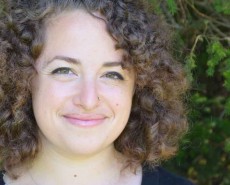 Leah Reisman, Graduate Student at Princeton University
Leah Reisman, Graduate Student at Princeton University
Leah is a graduate student in sociology at Princeton University, where she plans to focus on cultural organizations and cultural policy using an ethnographic perspective. Before beginning graduate school in 2014, she worked in a variety of museums, including the Research Group at the Lawrence Hall of Science at UC Berkeley, the Field Museum in Chicago and San Francisco’s de Young Museum. Leah has also conducted independent research at a science museum in Chicago and an art museum in Oaxaca, Mexico. She has a background in anthropology, and her interests include museum management, cultural policy, philanthropy, evaluation, and qualitative research methods. She enjoys cooking, running, and speaking Spanish!
Leah is EAP Fellowship Alumni 2013-14
Philanthropic Pursuits: Insights from Irvine Foundation’s Josephine Ramirez is part of the series The Heart of It: Stories from Leaders in the Bay Area Arts Community, an EAP MADE Project. Learn more about the series by visiting the MADE page in our website.
